
Review: NEC PA500UG Projector
NEC PA Series MLA LCD Installation Projector.
Review:/ Paul Newton
The PA series of LCD projector is classified as part of NEC’s ‘Professional Integration’ range. There are three flavours within this range: PA600X (1024 x 768 at 6000 ANSI), PA550W (1280 x 800 at 5500 ANSI), and the PA500U (1920 x 1200 at 5000 ANSI), which is the subject of this review.
All three projectors within this class are cased within the same nondescript white chassis and all three utilise LCD panels incorporating MLA technology. Micro Lens Array (MLA) is an array of tiny lenses that overlay the LCD panels inside the projector and improve the quality of the projected image. On an LCD projector without MLA you may be able to see the fine black lines running horizontally and vertically across the projected image in a grid pattern (known as the flyscreen door effect). This effect is more noticeable on large screens, and where the viewer is close to the screen. On a projector with MLA these lines are minimised to reduce the screen door effect and create a smoother projected image.
The PA500U weighs just over 8kg with a lens, and is very quiet in operation (around 32dB in Eco mode). Total power consumption is 477W in normal mode, 384W in Eco mode, and just 16W in standby. The easily-installed 330W lamp is rated for a 3000-hour operating life.
There are five optional lenses available – a short 0.8:1 fixed lens and four zoom lenses 1.19–1.56, 1.5–3, 2.97–4.79 and 4.7–7.2. These lenses are light and are easily fitted via a bayonet-style system which is both sturdy and rigid. Lens shift, zoom and focus are all (and only) manually controlled, which is a little restricting for the poor technician who has to install the projector in a flown or ceiling installation.
The PA series boasts a ‘stacking’ option of up to four projectors resulting in 20,000 ANSI brightness and quad-level redundancy. While the lens shift, with direct dials either side of the lens for H and V will allow this, I think it would be very hard to achieve an accurate quad stack with such basic, non-electronic lens adjustments. Quad stacking is problematic enough with high-end projectors that are built for it. If you really need 20,000 ANSI, with redundancy, you’d be better off trying to twin stack a pair of 10,000 ANSI projectors.
TURNS ON A DIME
The NEC PA500UG can be rotated freely on any axis to allow vertical projection; all you need to do is adjust the fan mode setting in the firmware to ensure heat is redirected away from critical internal components. This is a very clever feature for NEC to implement, as permanent projector installations are increasingly requiring this level of flexibility. Image warping is via ‘Geometric Correction’ for projecting onto spheres and cylinders and ‘Cornerstone (keystone) Correction’ for off-axis projector placement. The ease of adjustment is great, with very little distortion of the original signal. The internal scaling engine is quite advanced for a projector at this price point.
Like most projectors (and other AV equipment) available today, the NEC PA series is designed with the environment in mind. Eco lamp mode allows an extended lamp life from 3000 hours to 4000 hours; reducing the cost of ownership and power usage and extending the product lifespan. There is also a sleep timer for when presenters leave the auditorium and forget to power down the projector at the end of a lecture. A ‘carbon savings’ meter is displayable upon start up to let the user know to what degree they are saving the planet. The 500U projector boasts a 4000-hour filter change/clean lifecycle. When matched with a 4000-hour lamp in Eco mode you’ll get around two years of maintenance-free operation (based on five 8-hour days per week).
MORE INFO

PLAYS WELL WITH OTHERS
The network integration, both wired and wireless, and asset management features are quite comprehensive and are huge selling points for schools, universities and large-scale corporates. The projector can display PNG, JPEG and Bitmap (BMP) still image files and MPEG2 and WMV9 movie files via Wi-Fi from a nearby PC’s shared folder using the Viewer function. Data can be broadcast from one computer to numerous projectors within the network. This same networking functionality also allows multiple computers to be projected without connecting them directly to the projector. Very cool for educational environments.
All the usual signal inputs are available, 2 x 15-pin analogue RGBHV, five-way BNC RGB, HDMI (with HDC protection), DisplayPort, Composite (RCA) video and S-Video (Y/C). Audio input is via dual RCA or 3.5mm stereo inputs, although the unit only boasts a single 10W (mono) speaker.
The image quality is impressive. I sent a variety of signals to every input and tested the internal scaling ability thoroughly. Whether you match the native resolution of the projector or send much lower resolutions, the PA500UG displayed it very quickly and cleanly. Menu controls are very basic, yet offer enough advanced functionality to allow pretty precise image controls.
Edge blending is available if you want to project multiscreen wide images (although with a single projector I was unable to test this feature), but I assume it would be a little challenging trying to perfect the overlap area with the limited colour-matching capability of LCD projectors compared to DLP projectors.
NEC has created a very comprehensive display offering within the PA series of LCD projectors. Venues and education environments requiring a simple, reliable projection solution coupled with comprehensive asset management ability and environmental features need look no further.

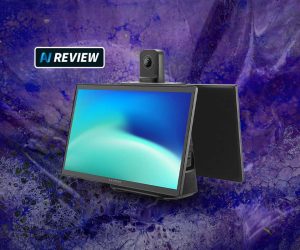
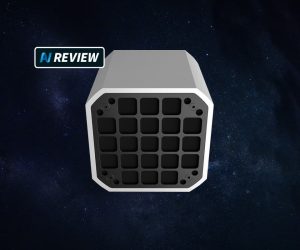
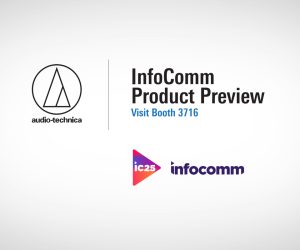
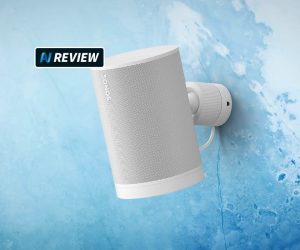
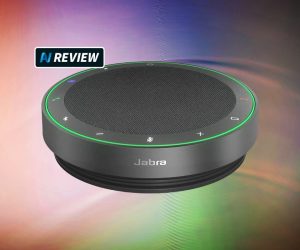
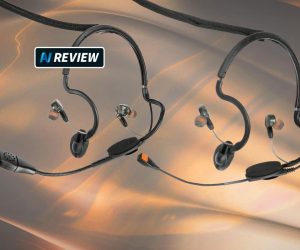
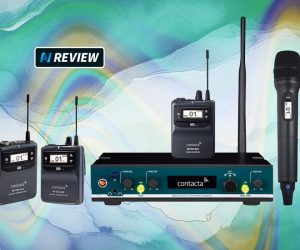
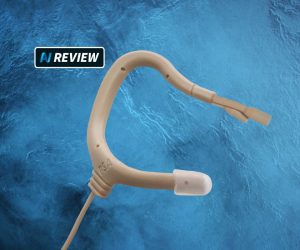
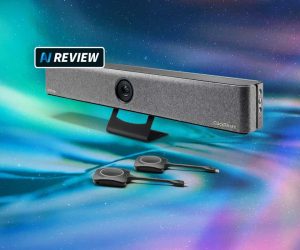
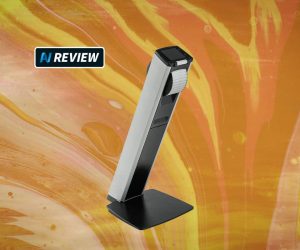
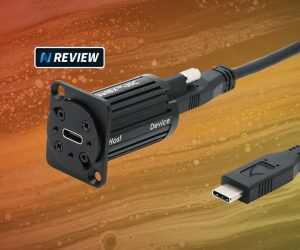
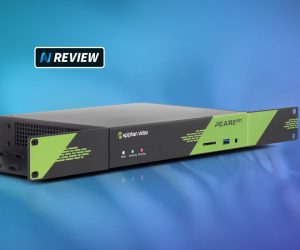


RESPONSES